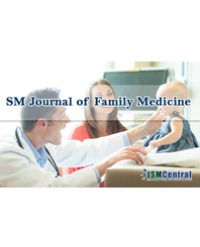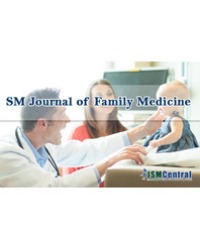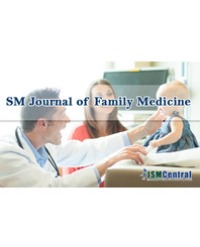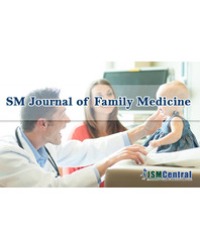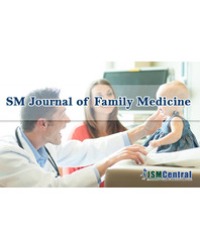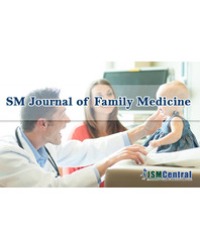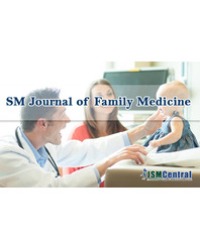
Prevalence of Critical Bilirubin Results among Neonatal Patients in Windhoek, Namibia
Neonatal jaundice is a frequently encountered paediatric problem in Africa that is associated with sickness and death. The research was undertaken to determine the prevalence of critical jaundice values in neonates in Windhoek, Namibia. Although several risk factors and aetiologies may be attributed to neonatal jaundice, the research focused on establishing the number of neonates with critical bilirubin levels in Windhoek, Namibia. Secondary data of bilirubin tests performed on neonates was obtained from the Namibia Institute of Pathology’s (NIP’s) archived patient records for the years 2013 and 2014. Only neonates that were less than 31 days old were included in the study. Data was analysed using the Statistical Package for Social Sciences (SPSS) version 22. The prevalence of critical jaundice values was estimated to be 12.4%. Neonates >3 to ≤6 days of age were noted to be the most affected. It was notable that 9.6% of neonates that were 3 to 6 days old had a potential for developing kernicterus. Males had a higher prevalence of critical values (13.4%) as compared to females (11.5%) and were at greater risk of kernicterus. The critical values and kernicterus cases increased with age. Neonates between 3 to 6 days were most affected as they had bilirubin values depicting risk to kernicterus. The cause of the male preponderance in elevated bilirubin levels is not known. Further studies thus need to be conducted to establish the causes of critical jaundice.
Shilongo SN, Mukesi M¹*, Gonzo M and Moyo SR

